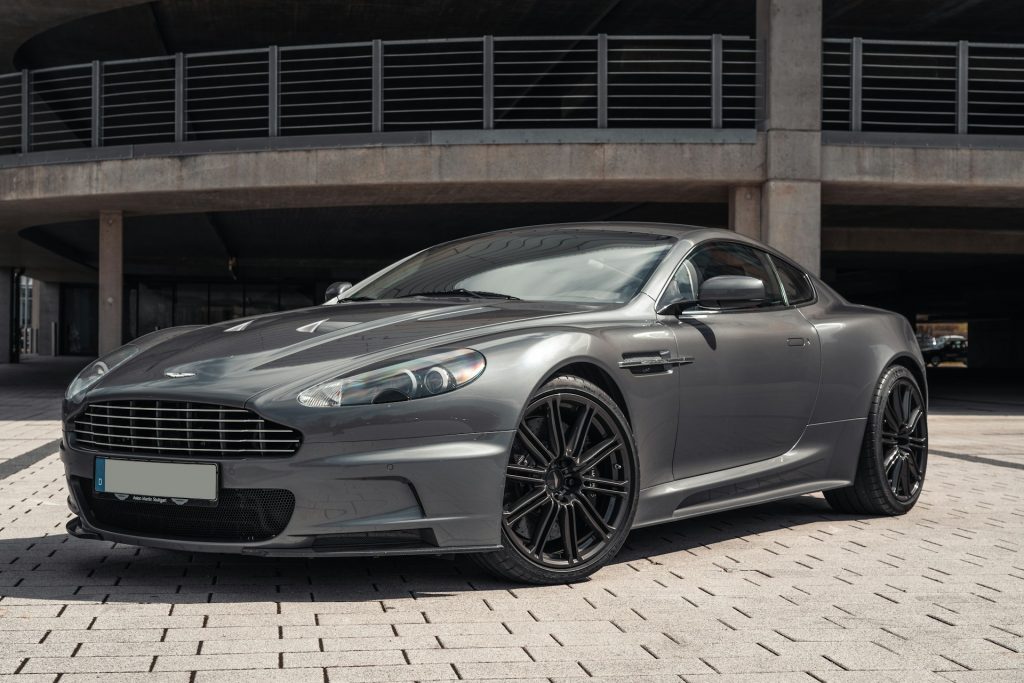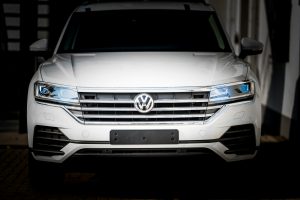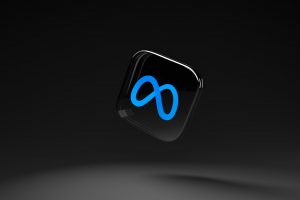For those dreaming of a V12 Aston Martin DB9 at a price comparable to a used Volkswagen Golf GTI Performance, the pre-owned market offers a surprisingly tempting proposition.
The DB9 delivers an emotional driving experience akin to that of a Ferrari but adds a layer of practicality and day-to-day usability that sets it apart. It boasts nearly double the power, three times the number of cylinders, and a 0–60mph time over a second faster than many performance hatchbacks—all wrapped in a body so beautiful, it demands admiration. With internal combustion engines on their way out and new V12 models becoming increasingly rare, a used DB9 is an alluring choice—provided you’re ready for the associated running costs.
Launched in 2004 and discontinued in 2016, the DB9 marked a new chapter for Aston Martin as the first model produced at the then-new Gaydon facility. This plant offered a step forward in modern automotive manufacturing, moving away from the more traditional production seen at Bloxham, where the DB7 was built. However, early examples of the DB9 were not without faults.
Initial quality issues led to a string of safety recalls, and the electrical system was a frequent source of frustration until improvements were made in 2006. That year also brought redesigned front seats and the introduction of a Sport Pack, which enhanced driving dynamics and became a highly regarded option.
Further upgrades arrived in 2009, including an increase in power from 450bhp to 470bhp, the addition of Bilstein dampers for improved ride comfort, and a more modern centre console layout. In 2011, the Sport Pack Plus brought adaptive damping into the mix.
The most significant update came in 2013 when output rose to 510bhp, the body gained strength while shedding weight, and a new three-mode adaptive suspension system was introduced. The DB9 GT, a final celebratory model released in 2015, pushed power to 540bhp and featured dark exterior accents alongside a modernised infotainment system.
Transmission options throughout the DB9’s life included a six-speed manual gearbox and a six-speed ZF Touchtronic automatic, the latter updated to the smoother Touchtronic 2 in 2009. While the manual adds driver involvement, it’s extremely rare, with most buyers opting for the automatic.
The DB9 Volante convertible followed the coupé by a few months. It shares much of the same DNA but adds a folding fabric roof that operates in about 17 seconds. With a stiffer chassis and softer suspension, it’s slightly more relaxed in its character. Volantes are generally rarer and command around £6000 more than equivalent coupés.
Some original buyers went overboard with optional extras, but in the current market, overall condition, service history and provenance matter far more than extravagant specs or questionable colour schemes. The only factory upgrade genuinely worth seeking out is the 2006 Sport Pack, which elevates the handling and adds to the driving engagement.
Although both front and rear seating is tight and the ergonomics are far from perfect, the DB9 remains a captivating package. Buyers are drawn in by the badge, the design, and the glorious engine—and those core elements never disappoint.
Typical DB9 Issues to Watch For
Engine:
The V12 is robust but can suffer from corrosion near the cylinder liner seal. Look for signs around the weep holes on the engine block. Timing cover seal failures are also known, and the valve train can become noisy. Keep an eye on oil consumption—roughly 250ml per 1,000 miles is normal. Any warning lights should be checked using an Aston-specific diagnostic tool.
Gearbox:
The Touchtronic automatic is generally reliable, though shifts should be smooth. Inspect for oil leaks around the gearbox cooler and ensure any recalls—such as issues with Park mode or unexpected neutral engagement—have been addressed. Manual models have a relatively short clutch life of about 20,000 miles.
Steering and Suspension:
The steering system saw three recalls, including one for under-torqued front subframe bolts. Others involved rear subframe and anti-roll bar bushings. With a hefty kerb weight of 1760kg, the DB9 puts stress on suspension components, including springs, bushings and even wheels. Seized wishbone bolts can complicate alignment work.
Brakes:
The handbrake can feel loose when applied, misleading drivers into thinking it’s disengaged. This can lead to overheated brake pads.
Chassis and Body:
The bonded aluminium and composite structure is both strong and light but expensive to repair and respray. Corrosion can appear around door handles and panel edges—bubbling paint is a red flag. The front end is prone to stone chips, prompting many owners to repaint or protect the nose.
Interior:
Several recalls affected the cabin, including one for overheating heated seats. Faulty window rubbers can cause electric window issues. Also, inspect the leather upholstery and headlining for wear and tear.










More Stories
Tesla Unveils Updated Model Y in the UK with Lower Starting Price and Extended Range
Final Verdict: Living with the Toyota Land Cruiser – A 4×4 from Another Era
Mercedes-Benz V-Class: A Refined MPV with Premium Appeal